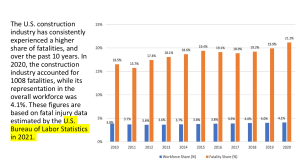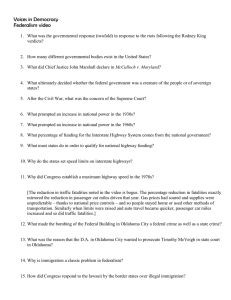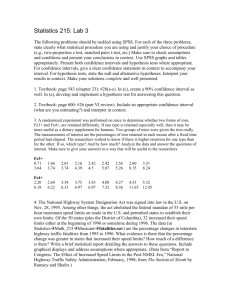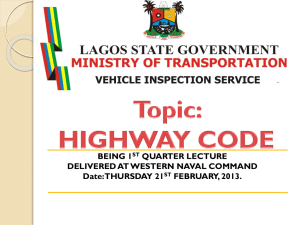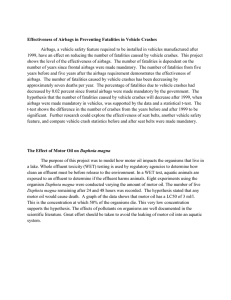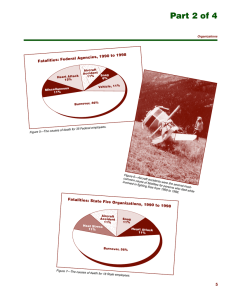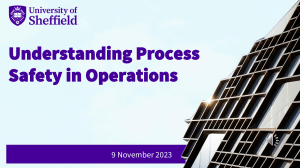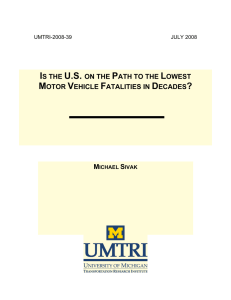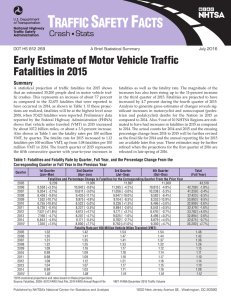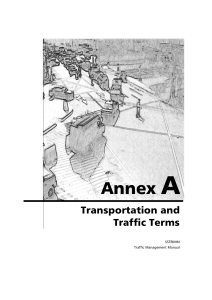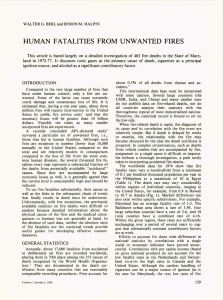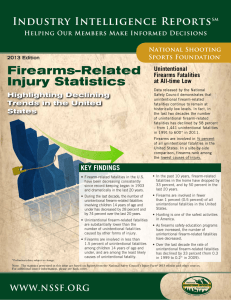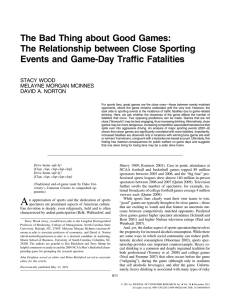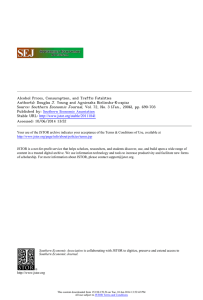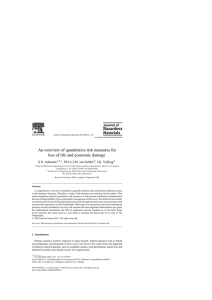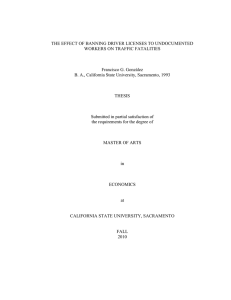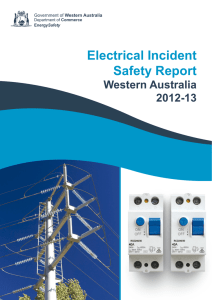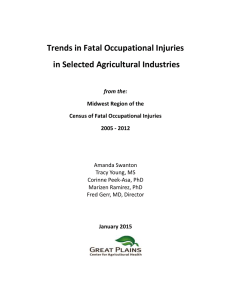Highway Transportation Transition Issues Rodney Lay, Mitretek Systems 13 June 2006
advertisement
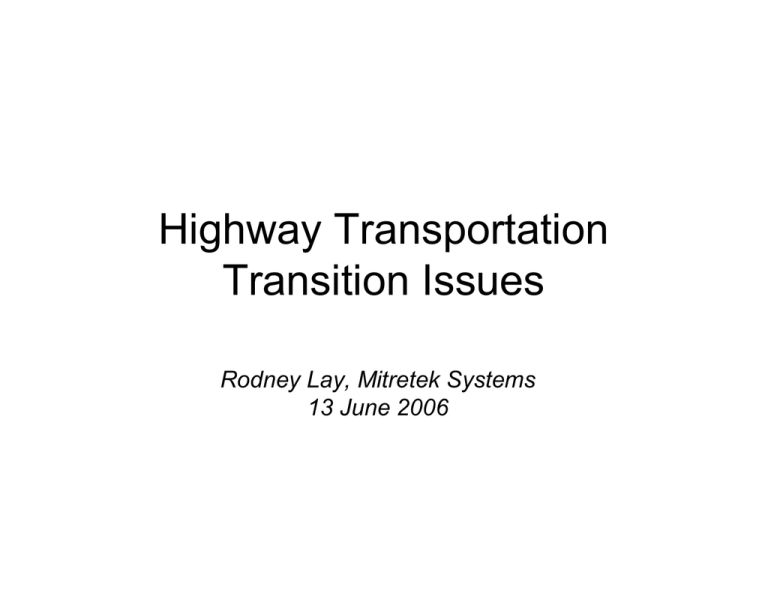
Highway Transportation Transition Issues Rodney Lay, Mitretek Systems 13 June 2006 Critical Context • 243 million registered vehicles, ~ 3 trillion vehicle miles traveled on US roads each year • Over 43 thousand highway related fatalities in 2005 • Really bad news: the rate rose after two decades of decline •http://www-nrd.nhtsa.dot.gov/pdf/nrd-30/NCSA/PPT/2006/810583.pdf We lack the societal/political will • 55% passenger vehicle fatalities not restrained • 39% fatalities involve alcohol • 31% fatalities related to speeding • Technologies to address these exist: seat belt locks, alcolocks, speed and headway controls Vehicles are getting smarter • Auto manufacturers are pushing ahead with driver assistance/convenience offerings, viz: – GM’s announcement that their 2008 Opel will drive itself… – Mercedes and BMW delivering Intelligent Cruise Control now – Ford offering extensive voice control – Honda’s stop-and-go, lane keeping assist – GM’s blind spot and lane change assist Roads are getting smarter • Traffic management centers • Network performance, variable posted speeds, route guidance • Weather, road condition alerts • Intersection collision avoidance • Gap acceptance assistance Vehicle Infrastructure Integration • A consortium has been established to determine the feasibility of widespread deployment and to establish an implementation strategy – Automobile manufacturers – State Highway Officials – Federal Highway Administration Transition Challenges • How to integrate multiple public government service agencies with multiple competitive business entities • How to engage an unskilled unpredictable user population • How to deploy consistently across the nation • How to “mainstream” systems operation and management Key Institutional Preconditions • Commitment to formal agency policy and stakeholder support • Formal planning and programming process • Appropriate organization/staffing • Authorized partnerships—interagency and public/private • Agreement on Performance Measures • Conventional budgeting processes Ref: AASHTO Business Plan for Mainstreaming November 2005 Transition Needs… • Staffing, not just changing what gets done by the same people • Sustained organization and leadership by decision makers • The three pillars: Systems Engineering, Program Planning, and Acquisition Management
